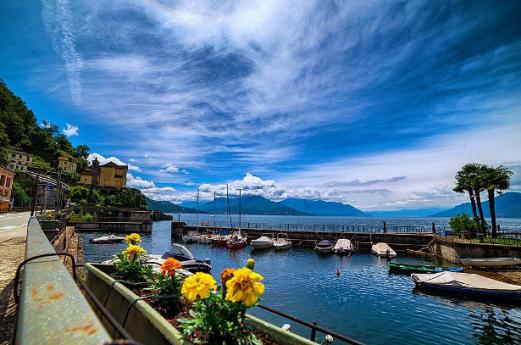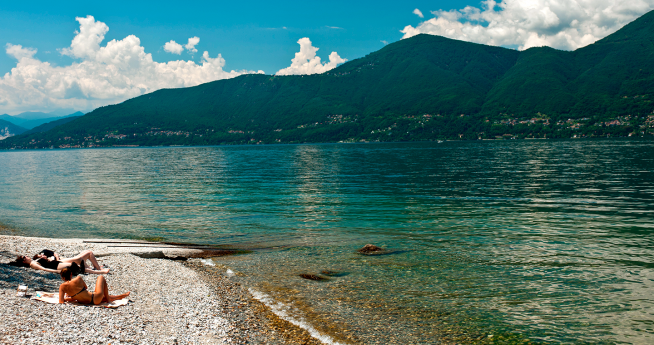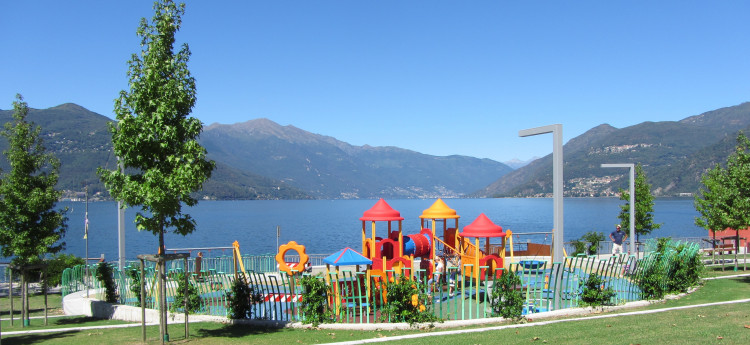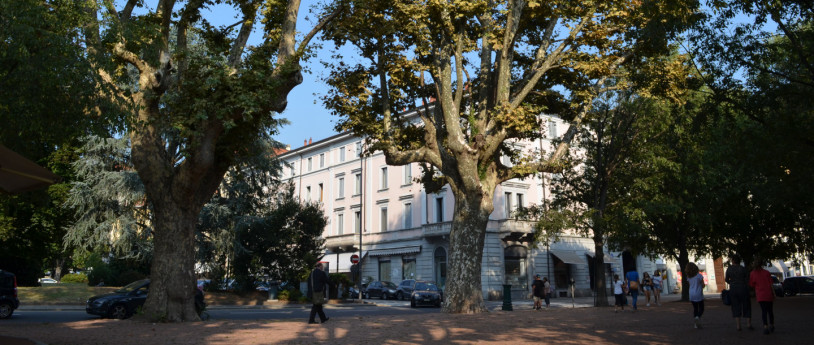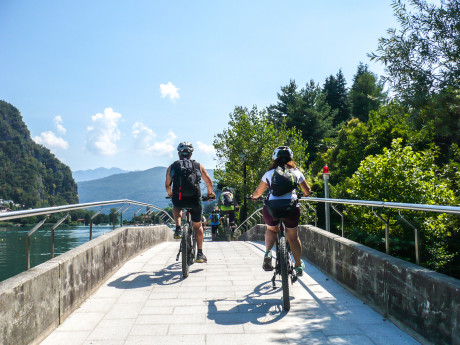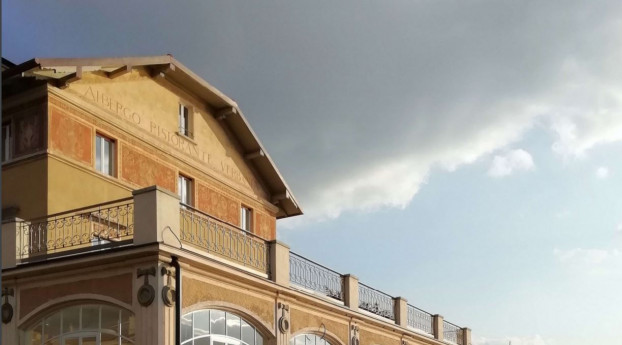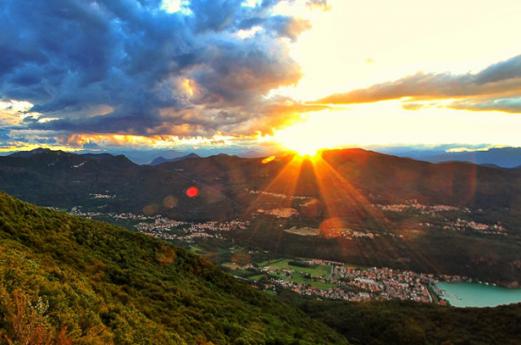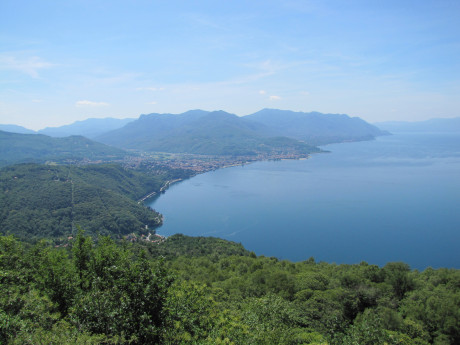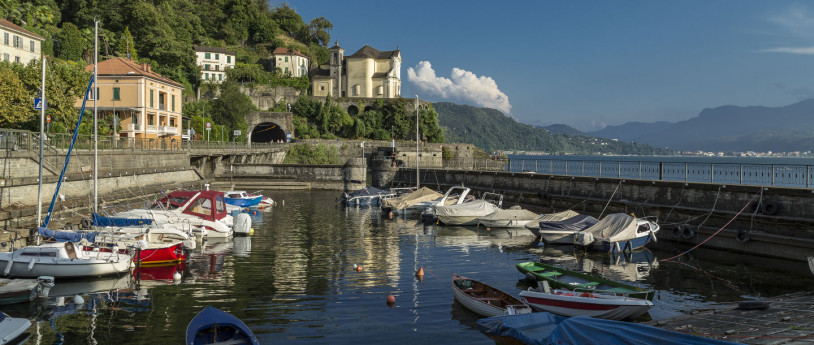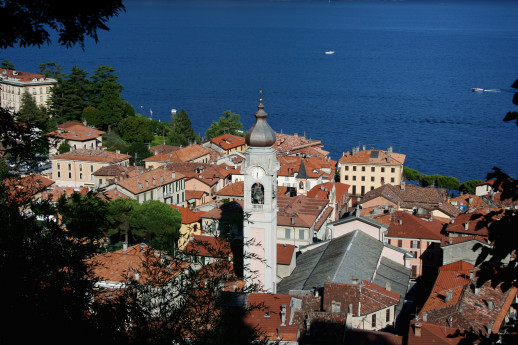The Luino lakeside park
One of the most relevant and strategic advanced projects for contemporary Luino, redefining the relationship between the city and the lake. The idea of the "lakeside park" project was to transform a car park on the lake into a verdant public garden on the shore of Lake Maggiore. The pedestrian promenade is the guiding thread of a homogeneous route capable of giving continuity and linking the park to the lake with different poles through the use of continuous and uniform paving, lighting fixtures, colour and distinctive street furniture. The lawn is a modelled surface, an undulating plane like the lake, which becomes the connecting fabric of the various 'green narratives' that design the park and a space for rest and relaxation. The lakeside park appeals to a wide range of users, from different age groups, in particular to children, for which games have been placed on anti-trauma flooring, along a path that encompasses the entire intervention area. Different types of luminaires were also used to accommodate the different architectural conditions through low energy lamps such as LED and fluorescent lamps. The project of this waterfront recovers the link with water through a sustainable and intelligent use of water resources, consistent with the overall image of the urban landscape. Water as an ecosystem becames fundamental element of the mutant landscape entrusted to a miscellany of crops for educational purposes and direct experimentation for young users. In concrete terms, therefore, water features consisting of flush fountains and systems integrated into the vegetation are used. The wide steps that design the discent to the lake are organised in such a way as to become now simple curbs that design the turf, now wide seats and horizontal paths that cross the park. Reclaiming this piece of the city, previously a 'non-place' - in that it was not lived in, except by cars - has meant the transformation of this area on the fringes of the urban context and life in Luino, to translate it into a valuable opportunity for tourist and recreational development.
